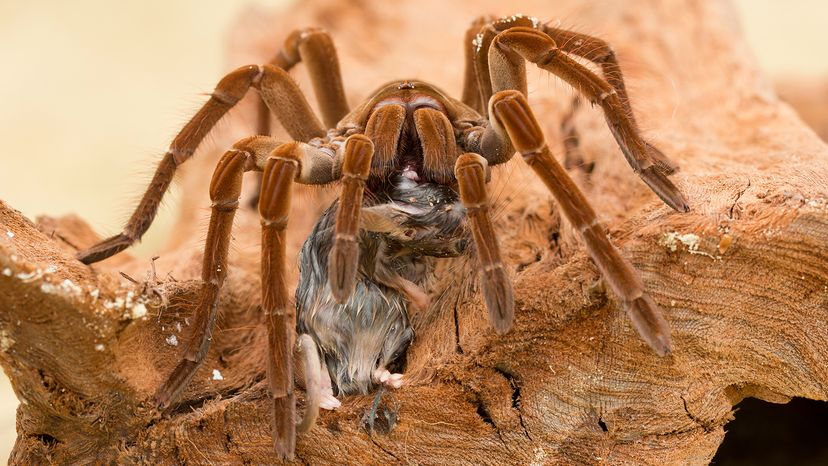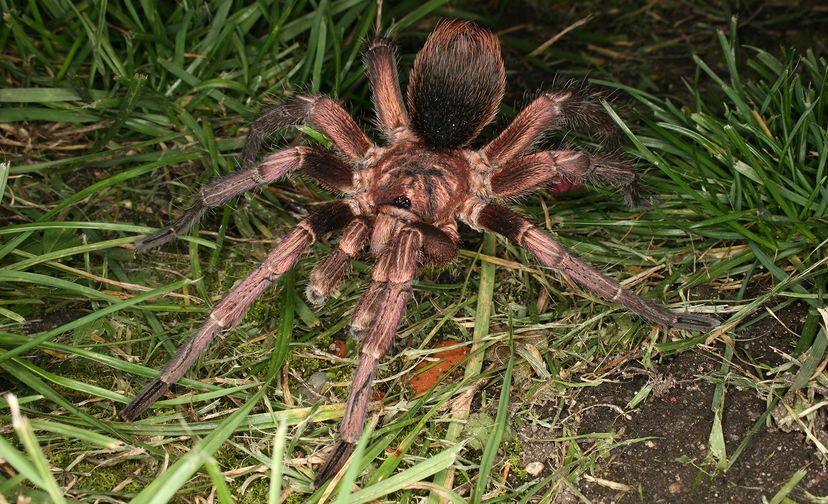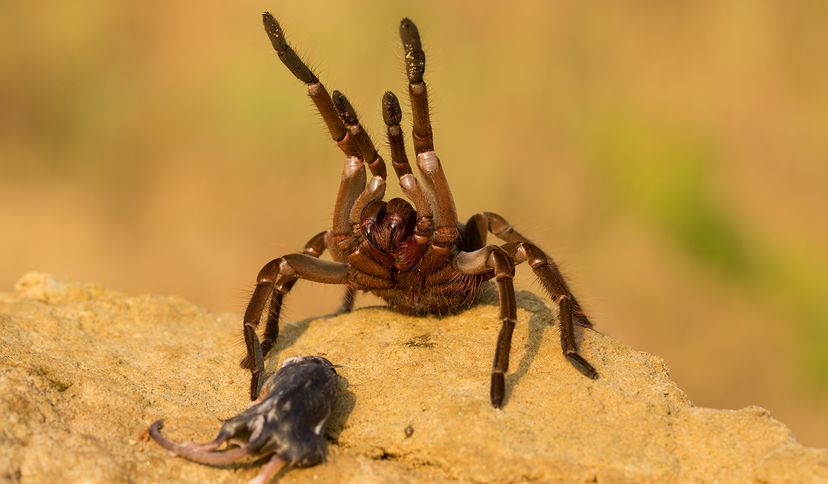
In the dense rainforests of northeastern South America, a giant lurks beneath banana leaves and within deep burrows. Meet the goliath birdeater, the largest tarantula species on Earth. This spider is so big, it can span the size of a dinner plate, making it the undisputed heavyweight of the arachnid world.
Despite its name, the goliath bird eating spider rarely preys on birds. Its diet consists primarily of insects, small terrestrial animals, frogs and the occasional rodent or snake. And yes, while it's been observed feeding on birds, this is more the exception than the rule.
Advertisement

